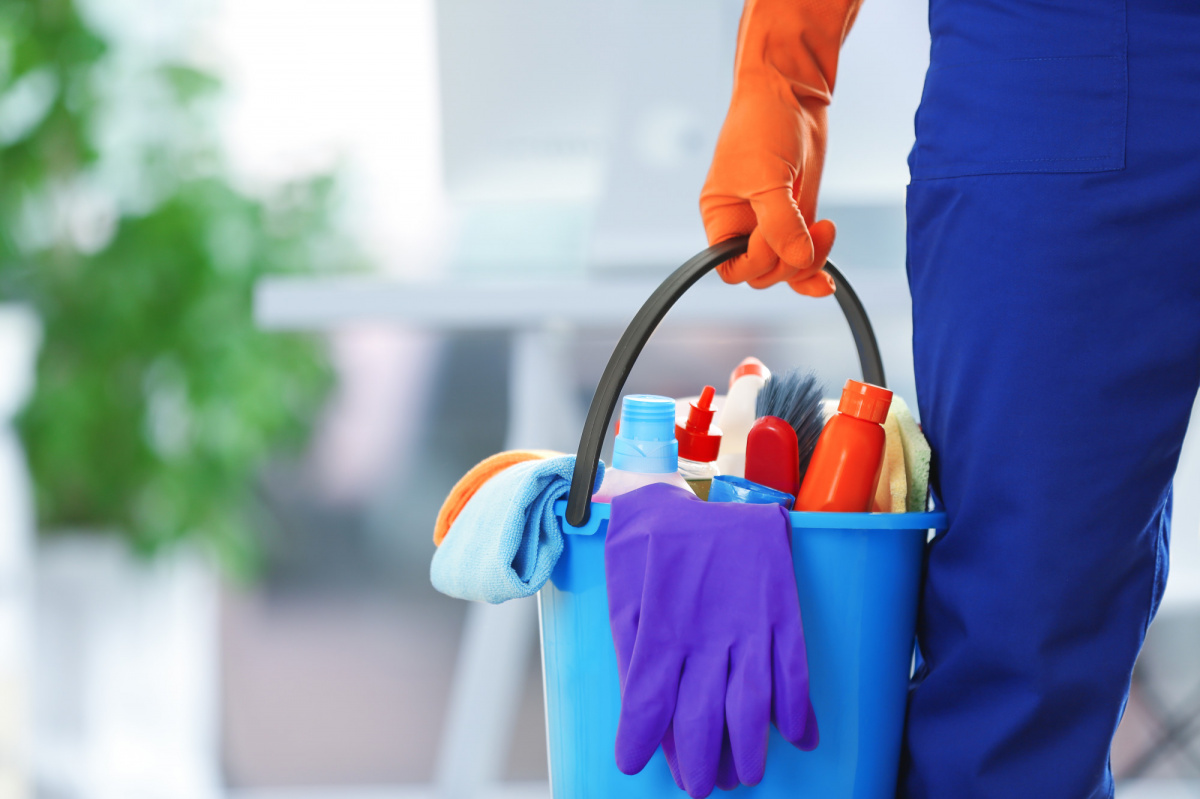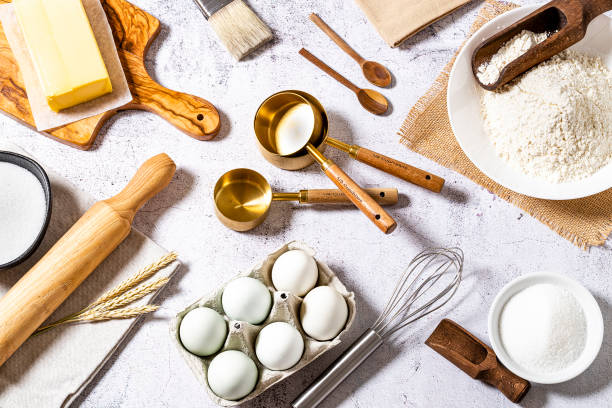
Keeping your home clean is essential for maintaining a healthy environment, but it’s just as important to clean safely. Many household cleaning products contain chemicals that can be harmful if used improperly. To protect your health and the well-being of your family, start by reading product labels carefully. Always follow the instructions, paying close attention to warnings, proper usage, and storage guidelines. One of the most important safety rules is to never mix cleaning products. Combining substances like bleach and ammonia can create toxic gases, and even mixing vinegar with bleach can be dangerous. Stick to one product at a time unless the label specifically says it’s safe to combine. Doing research on what products are safe to mix, after reading the labels is important in making sure that harmful reactions don’t occur.
When using strong cleaners, wear protective gear such as gloves, and consider a mask if you’re working with sprays or powders. Make sure the area is well-ventilated by opening windows or using fans. Choosing safer alternatives can also reduce risk, look for products labeled non-toxic, biodegradable, or fragrance-free, especially if someone in your household has sensitivities. You can also make simple cleaners at home using ingredients like baking soda, vinegar, and lemon juice, but never mix these with commercial cleaners. Cleaning before sanitizing removes visible dirt and germs and is important in high touch areas like doorknobs, light switches, electronics and countertops. The CDC recommends to consider using a wipeable screen protector on electronics to make cleaning and sanitizing easier.
Proper storage is another key to safety. Keep all cleaning supplies in their original containers, locked away from children and pets, and separate from food storage areas. When cleaning, start with dry methods like dusting and vacuuming before using wet cleaners. This reduces the amount of product needed and improves effectiveness. For disinfecting, focus on high-touch surfaces like doorknobs, light switches, and countertops. Use EPA-approved disinfectants and allow them to sit for the recommended time before wiping.
Safe cleaning isn’t just about a sparkling home, it’s about protecting your family’s health. Looking for greener solutions? Check for the Safe Choice label developed by the EPA. This label indicates that the ingredients, pH, performance, and packaging meets their standards to provide your family a piece of mind when the label is on the product. By following these tips, you can reduce exposure to harmful chemicals and create a safer, healthier living environment.
Sources
Center for Disease Control and Prevention. 2025, January 31. When and How to Clean and Disinfect Your Home. CDC Wash, Sanitation, and Environmentally Related Hygiene. https://www.epa.gov/saferchoice/learn-about-safer-choice-label
United States Environmental Protection Agency. 2024, October 2. Learn About the Safer Choice Label. EPA. https://www.epa.gov/saferchoice/learn-about-safer-choice-label
Written by: Alexus Masterson, MPH, FCS Educator, OSU Extension Muskingum County
Reviewed by:





